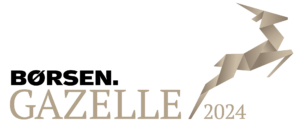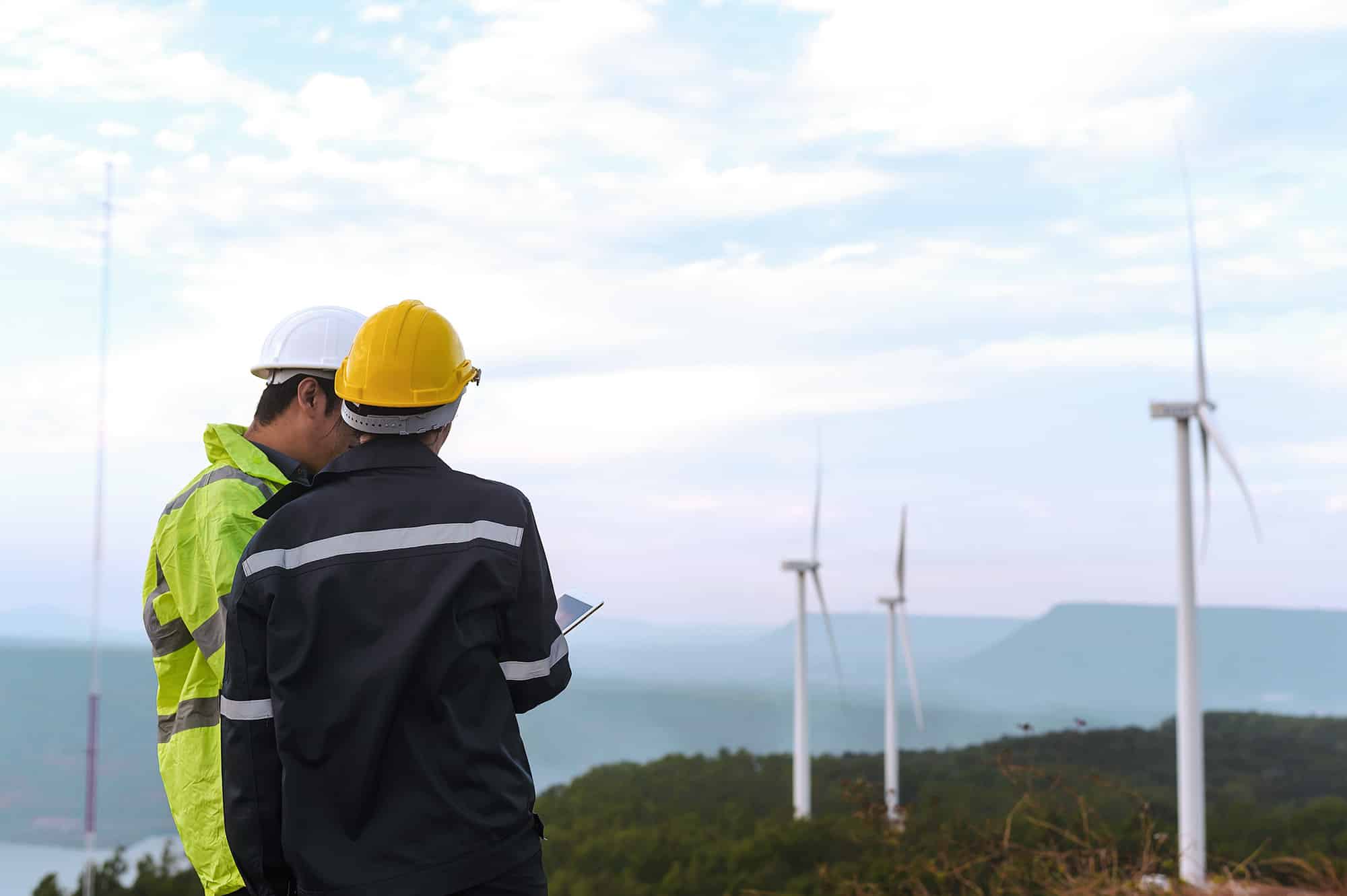
The COO at Vestas, Tommy Rahbek Nielsen, has called it a necessity for future survival. Former CEO for Onshore Business at Siemens Gamesa, Ricardo Chocarro, has compared it to the dynamics of the automotive industry.
In the last decade, there has been a clear indication of OEMs pursuing more of an outsourcing strategy.
And with the current global price pressures, high raw-material and logistics costs, OEMs in the wind energy sector are challenged on being profitable. This has urged several manufacturers in the industry to look at new ways to lower the costs of materials, production, and services.
Outsourcing parts of their production to third-party sub-suppliers has been a way of doing this.
But what are the benefits and risks of carrying out an outsourcing strategy?
We have invited Kasia Kandulski Lindegaard, Director of Marketing & Business Innovation at SCADA International, and Christian Daather, Executive Vice President of Sales and Business Development at SCADA International, to comment on the rising trend on third-party outsourcing and share their experiences and predictions for the years to come.
Sub-suppliers give more competitive pricing
With the prevailing challenges in procuring critical components for wind turbines, combined with the increasing inflation rates, OEMs are pushed to the limit in terms of profitability.
And in times of higher uncertainty and fluctuating markets, downsizing departments by outsourcing tasks to third-party suppliers can be an effective tool to lower costs but also risks:
“When the industry experiences pressure on both prices and increasing expenses, it is typical for companies to find more suitable structures with the right setup to scale and deliver. In many cases, this means finding new partners to deliver solutions that are not necessarily part of their core business or services,” says Christian Daather.
Kasia Kandulski Lindegaard adds:
"We see this trend across many industries. In times of rough waters, there is a tendency that companies focus more on their cashflows and contingency plans, and, in that way, spread the risk in their production setup."
Outsourcing parts of the production can often also contribute to lower production costs:
“When OEMs invite sub-suppliers to bid for production services, there will naturally be more competition, often resulting in lower prices for the OEMs,” explains Christian Daather.
SCADA systems are the nervous system of wind parks
Looking at the design, production, and configuration setup of SCADA systems in wind parks, they are a small part of the bigger production puzzle.
Nonetheless, SCADA systems are often compared to a body’s nervous system, meaning they are vital to the operations of a wind park.
“In terms of the costs and entire setup of a wind turbine, the SCADA system is just a small drop in the ocean. This doesn’t mean, however, that it is easy to design and develop. SCADA systems can be standardized, but usually, they are very complex and hard to streamline due to the many variants and customer requirements that need to be considered,” says Christian Daather, and continues:
“So, compared to other parts of the production, producing SCADA systems requires relatively many resources and specialized expertise.”
Looking at the future of wind turbine technology, Kasia Kandulski Lindegaard also predicts that SCADA systems will become an even more essential part.
“Digitalization and the possibilities it brings along has made SCADA systems more important, and I think we in the future will experience that customers have bigger expectations of the OEMs and what they can deliver.”
Expertise and flexibility are essential when outsourcing SCADA
Due to the complexity of designing and configuring SCADA systems, SCADA-related projects are often outsourced to sub-suppliers specializing in SCADA and communication setups.
SCADA International has experienced this from the very beginning:
“We have vast experience in providing some of the biggest players in the market with SCADA support across the entire value chain, whether it is consulting services in the design phase, producing essential hardware and software for the wind parks, or tasks related to installation, configuration, and testing,” says Christian Daather.
Especially remote testing and configuration is something that can be very valuable for the customers. Christian Daather explains:
“For one of our customers, we have a remote configuration center together with the production, where we provide facilities to remotely test and configure the SCADA systems before they are sent to the on-site location. This gives the customer more options in terms of handling possible issues before leaving production. Once the systems are installed on site, making changes to the configuration and setup can be a very costly affair.”
Likewise, external software support can create value at the bottom line for the OEMs:
“Maintaining legacy SCADA systems can be a significant burden for the OEMs, forcing them to spend time and resources on maintenance issues rather than developing new and more effective systems. So, this is an area where outsourcing can be a tool to increase profitability,” says Christian Daather.
Kasia Kandulski Lindegaard also highlights that sub-suppliers within SCADA often are characterized by a higher level of agility which can be beneficial for the OEMs:
“Sub-suppliers sometimes have more possibilities to scale up and down in, for example, reserve and safety stocks, because they are specialized in delivering just this subpart. For the OEMs, this can mitigate risks of delays, ensure the safety of delivery, and quicken the time to market.”
A strong partnership can reduce the risks
While there are many benefits to pursuing an outsourcing strategy, there are also some risks. One of the main concerns of outsourcing to third-party suppliers is the handover of control, ownership, and expertise.
“When you outsource parts of your production, you, in some way, also outsource specialized knowledge and insights. Some might worry that there will be a gap in the understanding of the core business. And that is why it is important to find a partner or vendor that is experienced within the industry and knows the company’s ways and ambitions,” says Kasia Kandulski Lindegaard.
Christian Daather agrees:
“ What is needed is a close partnership with a reliable vendor. There are many ways an outsourcing partnership can be built. OEMs don’t need to sign away control of their, e.g., Intellectual Property Rights and so on. Other, more flexible agreements can surely be formed.”
For Christian Daather, outsourcing becomes even more relevant in the current state of the market:
“Vestas has just expressed concern about the lack of industrialization within turbine production, calling for more focus on cost out and planning to increase profitability. In my experience, sub-suppliers can, in fact, contribute to bringing more transparency into the value chain, including cost and project overview.”
So, from his perspective, partnerships can benefit all parties in the value chain:
“OEMs are experts in producing and servicing turbines – with sub-suppliers by their side, they can accelerate at this while having the sub-suppliers doing what they do best.”



